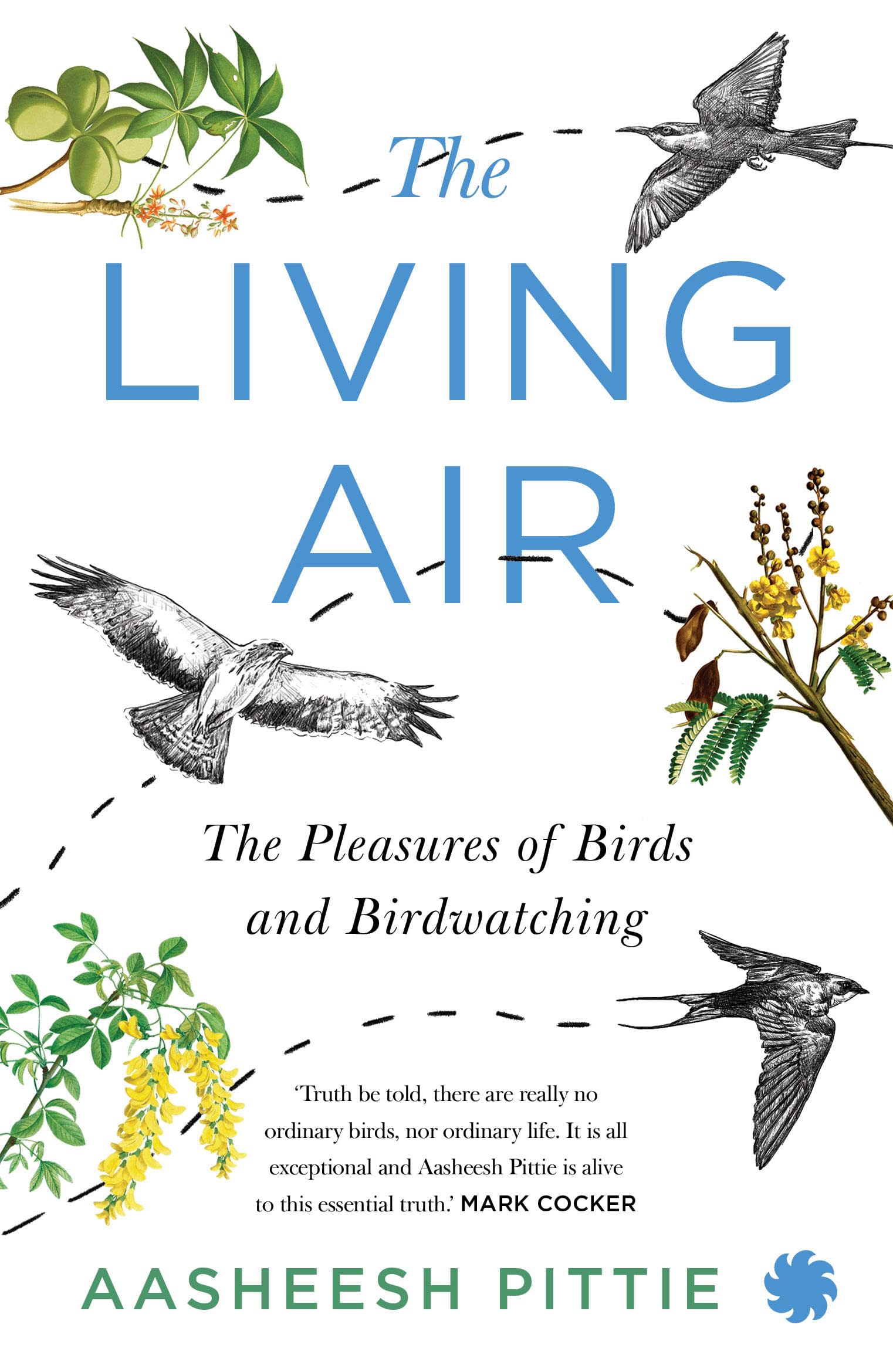 Listen to this article
•
15:34 min
Listen to this article
•
15:34 min
The sound comes again, through a rash of yellow flowers on the babool tree, through its thorns and thin leaves. It is the song of the common iora. The tone is so pure and fluty! The triple notes of its descending whistle have a tranquil, melancholic ring, which stirs my heartstrings as I listen, spellbound, transfixed. It’s a dreamy query which does not bring slumber. It rejuvenates the senses, rekindles the spirit, and sustains a vitality within me. It has a way of reaching the ear full, unblemished, unsullied, virginal. I feel as if a basic truth is being spoken, to no one in particular but for anyone who pays heed – it is there, in the open, on the babool, flaunted on the crest of the breeze. It is like so many truths of life which we take for granted just because they are there.
But these are the thoughts of men. This little black-and-yellow bundle of feathers does not know that he creates such upheavals of emotion within me. As he and his mate search the foliage for caterpillars and insects, they keep in touch with each other with an occasional churrrr and then the male lets out his sibilant, sliding whistle – wheeeeeeee-chuooo (the first syllable rising and the second and third falling), Sometimes, if in their rambles through the branchlets of a neem they are separated, the male drawls out a wheee-tootoo (the descending whistle). Perhaps the female hears it as ‘Here I am’.
If you are careful, you will see the pair, about the size of sparrows, moving through a tamarind tree in a garden, a mango grove on the outskirts of towns and villages, and frequently on a babool in secondary jungle. They are both quite similar in their non-breeding plumage – largely greenish-yellow. But the male always has a black tail, and can they carry those twin white wing bars with pride!
As the heat of the plains gradually diminishes and the skies lower their grey, brooding eyebrows, our male iora undergoes a metamorphic change. A brilliant yellow replaces his greenish hue and a resplendent black cap, wings, and tail provide a fitting contrast. The white wing bars are now shining too!
He is ready to intimidate his rivals and woo his mate. This ageless ritual, much idealized by human emotion, is a response in our male iora to various hormones in his body which goad him to do what he does. Scientists call this programmed response or, instinct, and the less scientific, the dance of love.
From a bush where the hen is perched, he springs forth into the blue, and with melodious, rich whistles, fluffing out his voluminous plumage, he descends in spirals to his mate’s side, thus showing off his colours to their best.
When both are ready to settle down and raise a family, they build themselves an exquisite little cup of grass, abundantly plastered with cobwebs, fastening the whole structure on the upper side of a twig, 6 to 12 feet in the air. In this nest, the hen lays two to four pale, pinkish-white eggs, blotched with a purplish-brown. Both birds share parental duties when the eggs hatch. This state of affairs extends chiefly up to September, but there always are local variations.
So, when you next hear whistling notes outside your window, do not dismiss them as some idle schoolboy. It is perhaps the song of the iora, trying to remind us that in the world he too has a place.
Excerpted with permission from The Living Air by Aasheesh Pitti. Published by Juggernaut Books.






